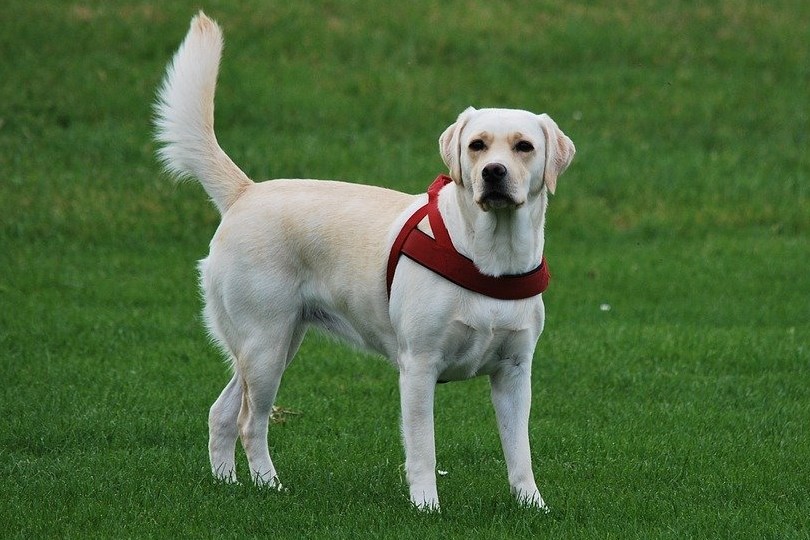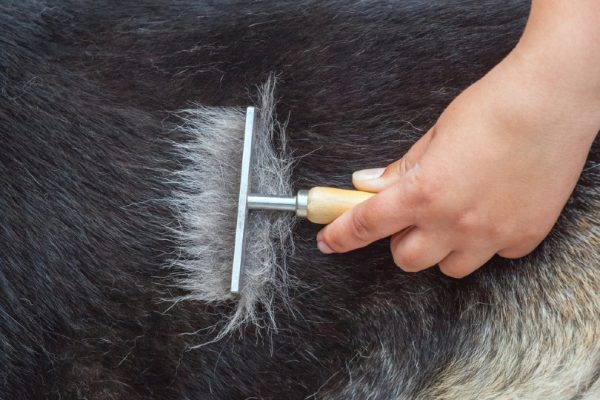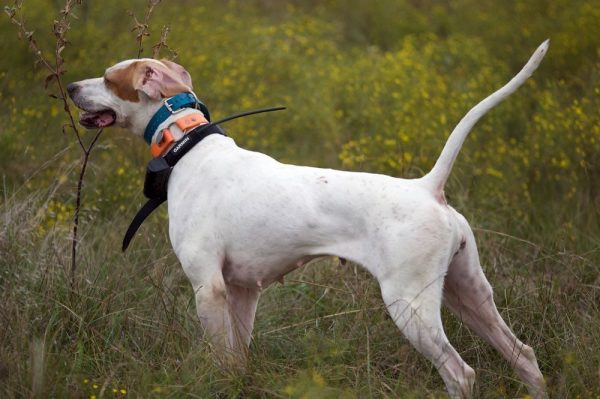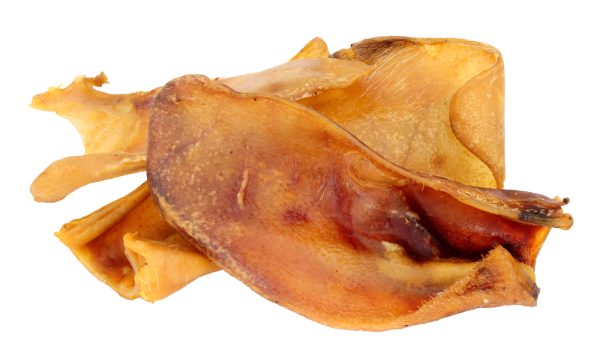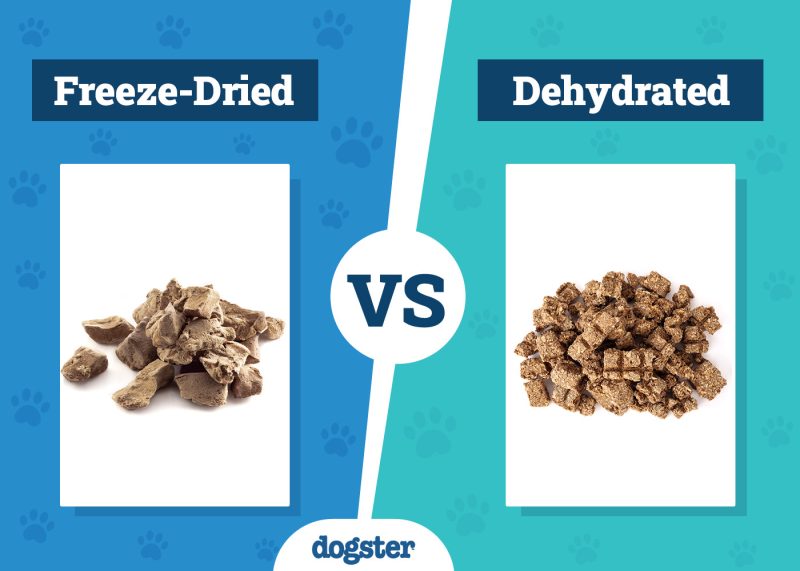The Labrador Retriever is the perennial most popular dog breed, coming in at the number one spot year after year. The breed earned this position, though! The Lab is a fun-loving dog that gets along well with other animals and children, making it an exceptional family dog. They are also intelligent and trainable dogs that aim to please. While many people use them as hunting dogs, a large portion of Labs in the world are simply beloved family pets. To understand how the modern-day Lab turned out the way it did, it is important to understand the origins of the breed.

When and Where Did Labs Originate?
The initial origins of the Labrador were in Newfoundland, which is an island off the coast of Canada in the province of Newfoundland and Labrador. In Newfoundland, the pre-Labrador was known as the St. John’s Water Dog, and it was bred by European settlers, who then took these dogs back to Europe. The St. John’s Water Dog was a landrace breed that occurred from the crossbreeding of various dog breeds from European settlers from various countries. This landrace breed became the ancestor of essentially all modern-day retriever breeds, including the Golden Retriever, Chesapeake Bay Retriever, and Flat-Coated Retriever.
Once back in Europe, the St. John’s Water Dogs were crossed with British hunting dogs, creating the dog known as the Labrador Retriever. This breed is believed to have originated around the 1830s. Although a short-haired breed, the Lab retained the water repellent coat of the St. John’s Water Dog, making it hardy, even in the cold waters of Canada. The St. John’s Water Dog went extinct sometime in the late 1900s, with the last two dogs being recorded in the 1970s. But the Labrador Retriever survived since many dogs had been taken out of Canada, and the breed had rapidly grown in popularity.
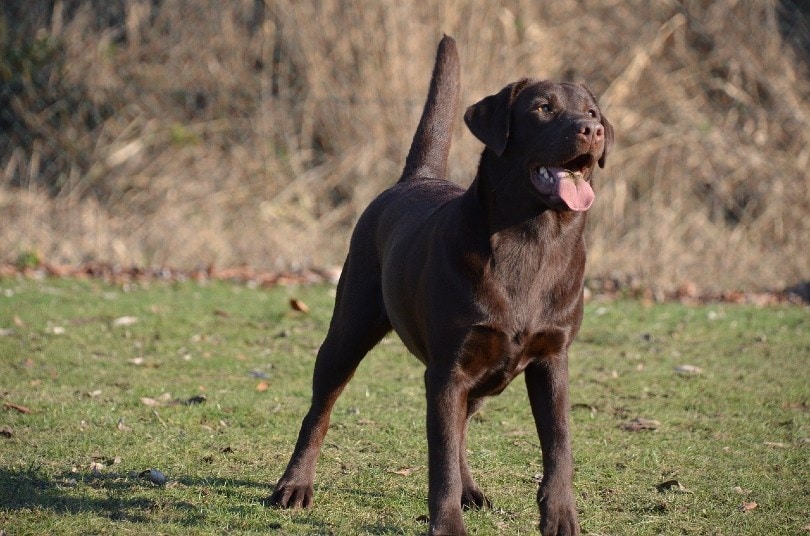
What Purpose Did Early Labs Serve?
While Labs were used as retrieving dogs for hunting purposes, they functioned in a variety of other jobs as well. The earliest Labs loved water the same way that modern-day Labs do, so they were often employed performing tasks like hauling fishing nets and lines, retrieving fish that escape from hooks and lines, and even retrieving hats and supplies for fishers. Many fishers preferred the short-haired Labs to the long-haired developing breeds because the ice did not accumulate on the short coat the same way it did on the longer coats, helping to keep the dogs drier and warmer.
How Did the Labrador Breed Develop?
When fishers and traders shipped goods back to Europe, they took their dogs with them, often entertaining crowds with the diving and retrieving antics of the Labrador. The St. John’s Water Dog and early Labs began being incorporated into various breeding programs. One such program was started by the Earl of Malmesbury who saw promise in using the dogs as duck hunting dogs on his estate. He established a breeding program, and the name “Labrador Dog” became associated with the developing breed. In Scotland, the Duke of Home and the Duke of Buccleuch both developed breeding programs as well due to their interest in the breed.
When the Earl and two Dukes all met each other by chance, they were able to set the foundation for the modern-day Labrador in stone. When they all realized their dogs all had similar ancestry, the Earl sent two of his dogs to the Duke of Buccleuch to be bred with the Buccleuch dogs. Eventually, these dogs began to throw yellow and chocolate puppies. At the time, these off colors were not appreciated since the original dogs were black, but chocolate and yellow became accepted colors in the breed over time.

Modern-Day Labradors
In 1903, the Labrador Retriever was first accepted as part of a kennel club in England. In 1917, the first Labradors were registered with the AKC. Since then, Labradors have proven time and time again that they have brains and good looks, winning competitions from dog shows to agility, dock diving, and obedience competitions. Starting in 1991, the Labrador has topped the list of most popular dog breeds and is showing no chance of slowing down.

Conclusion
Labradors are not an old breed, but they do have a storied history. Much like today, early Labs won people over with their charm, intelligence, and commitment to performing tasks. This solidified their chances of fully developing as a breed. Modern-day Labs have proven time and time again that they won’t slow down in winning people over, winning just about every competition the breed enters, from obedience to favorite lists.
You might also be interested in:
Featured Image Credit: fsHH, Pixabay
